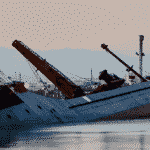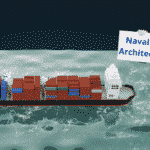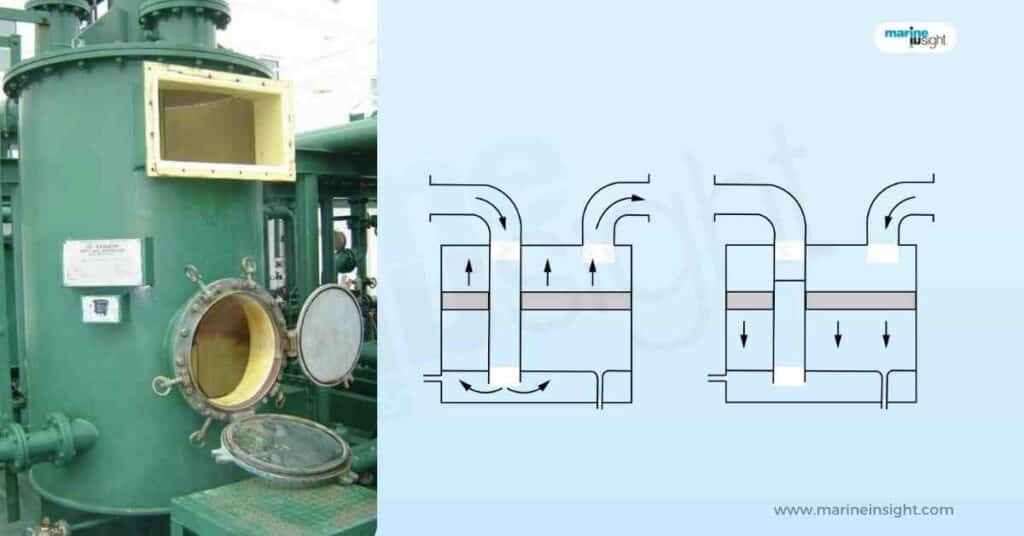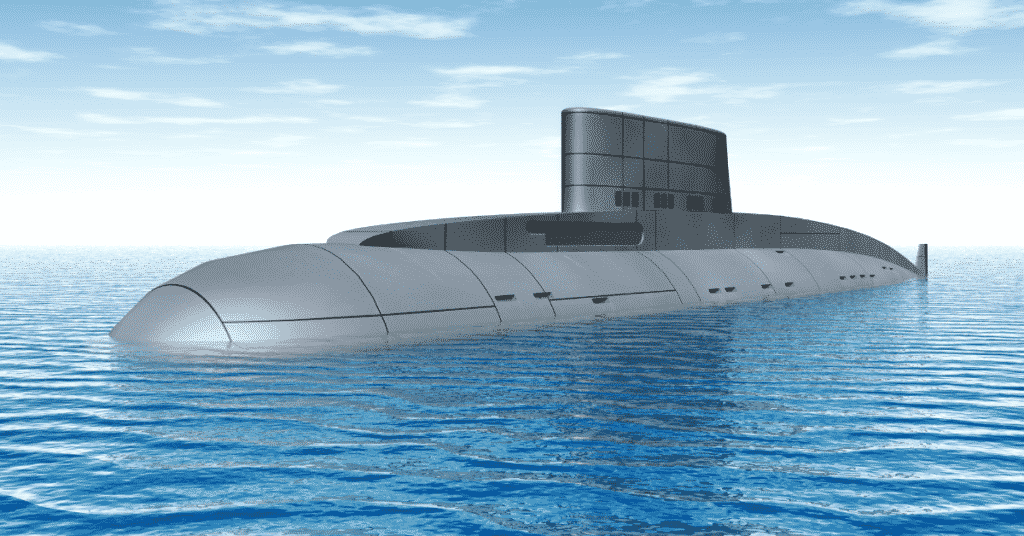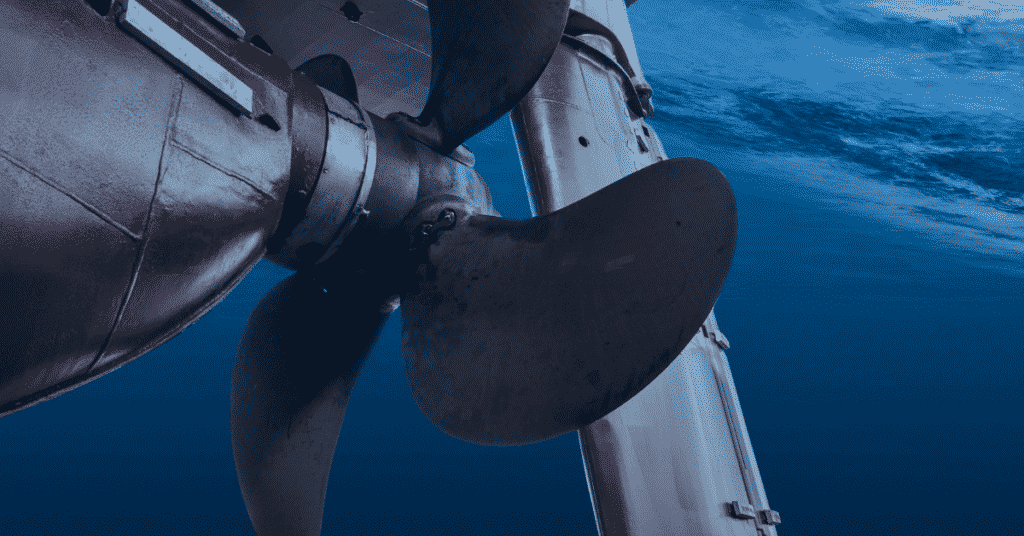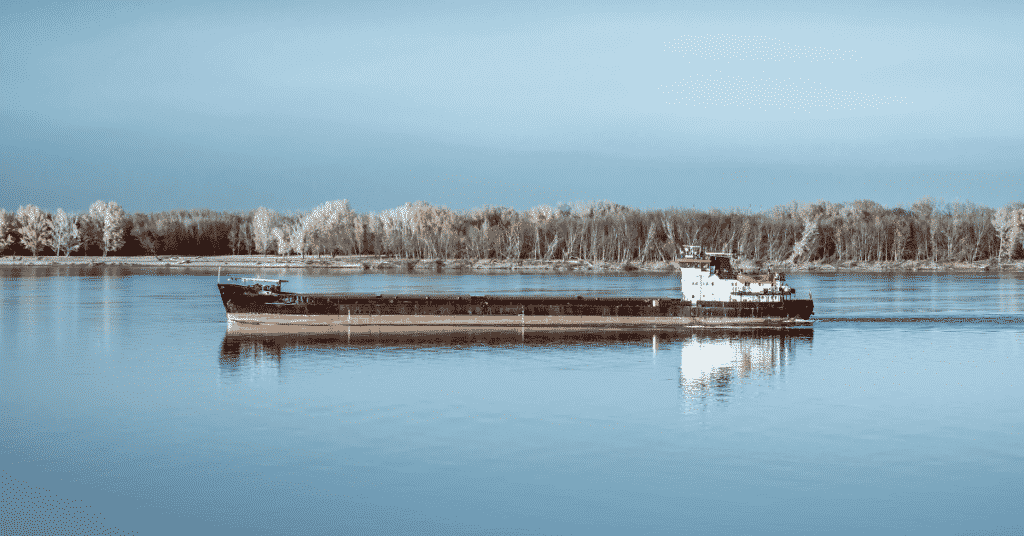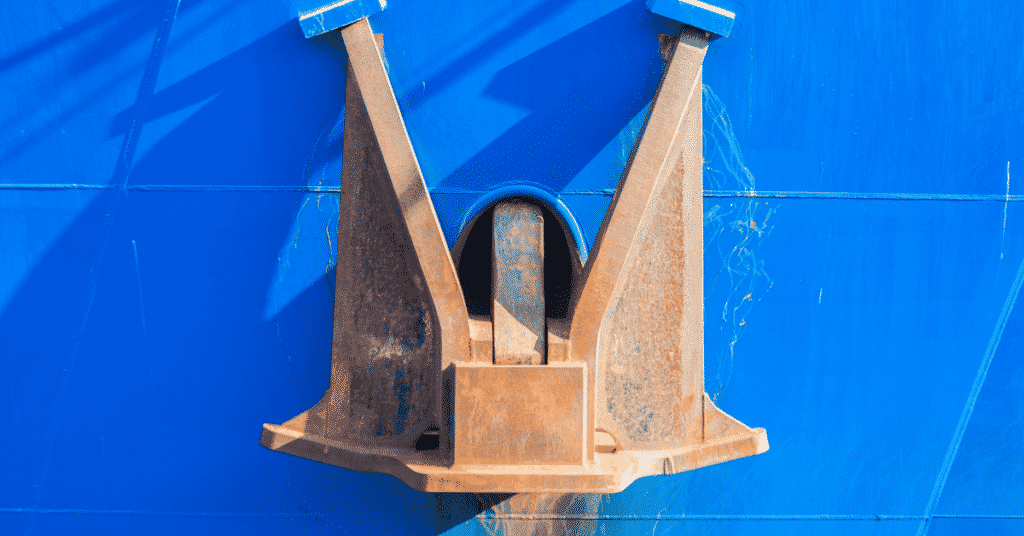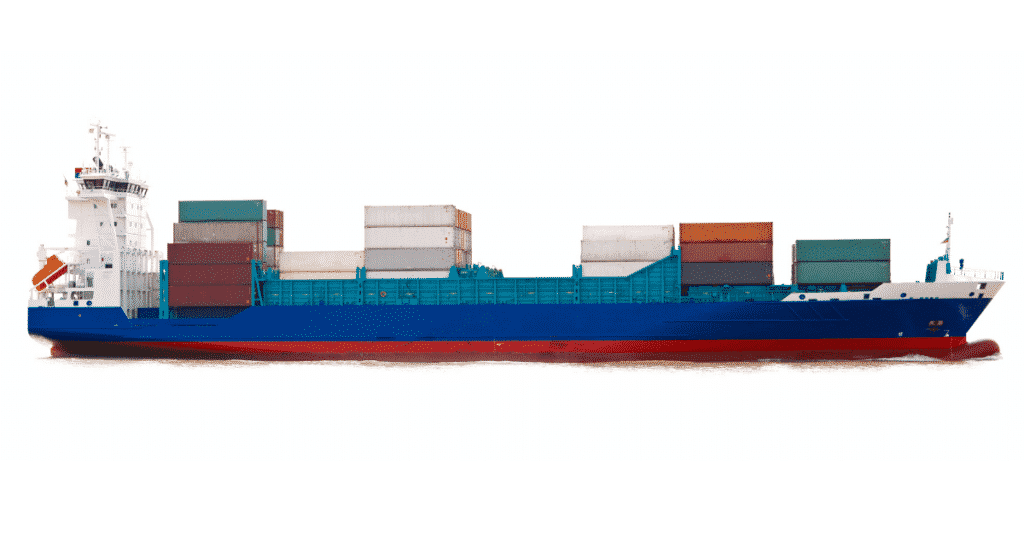What Are Embarkation Ladders?
Most of us were curious about how people got off ships and planes during childhood. Later, it seemed not a big deal when we had our share of experiences or saw documentaries and movies. Though we have a rough idea, the term for equipment used for getting on and off ships is embarkation ladders.
For ships, entry is mainly from the port side, directly from the jetty or dock, using various ways like quayside ladders. In modern times, mechanised systems for ease of passengers and crew are employed. Similarly, in planes, it can be either through an aerobridge, portable elevators or manual stairways in the taxi bay itself.
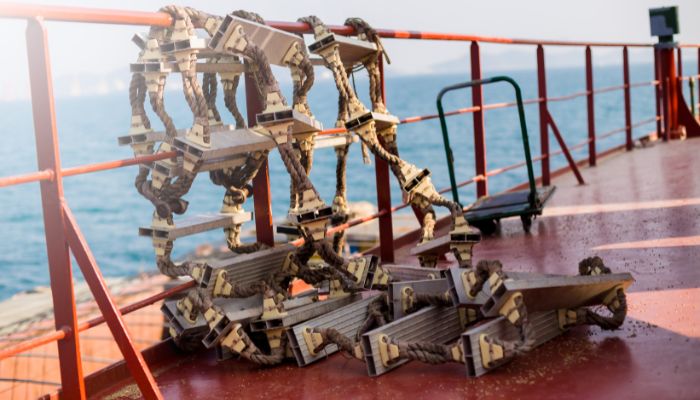
However, have you wondered how to escape from a vessel amid the seas or transfer from one ship to another, such as a rescue boat, a survival craft, or another vessel during exigent scenarios or when required?
Even if you are a seasoned athlete and a fan of Spiderman combined, the last thing you would think of doing is jumping from the vessel’s deck and crawling up the side of another one!
What exactly are embarkation ladders?
For this essential requirement, all ships are equipped with multiple numbers of what is known as embarkation ladders. They are nothing but foldable ladders that can hang from any deck (especially the main or exposed deck) along the hull side and enable the person to embark and disembark to and from the vessel.
They have simple rope ladder design principles but with some modifications and a higher degree of strength. The configuration, design, manufacture, and disposition of these ladders are strict as per regulations of the SOLAS (Safety of Lives at Sea) framework, which we shall discuss later.
Difference between Embarkation Ladders and Pilot Ladders
Embarkation ladders are similar yet different from what are known as Pilot Ladders. Pilot ladders have more or less the same purpose but are usually used by the crew, service members, or pilots during normal situations.
The crew, engineers, or servicemen may often use the pilot ladder when on board for inspecting and fixing structural, mechanical, fuel or tank leaks or other issues. When it comes to fixing minor problems like high levels of fouling in a particular region, some minor leaks in the hull, etc., can be temporarily fixed.
Moreover, they are very much used for embarking and disembarking from other vessels, specialised personnel like the pilot, who is responsible for manoeuvring and helping navigate large vessels when passing through channels, harbours, and canals.
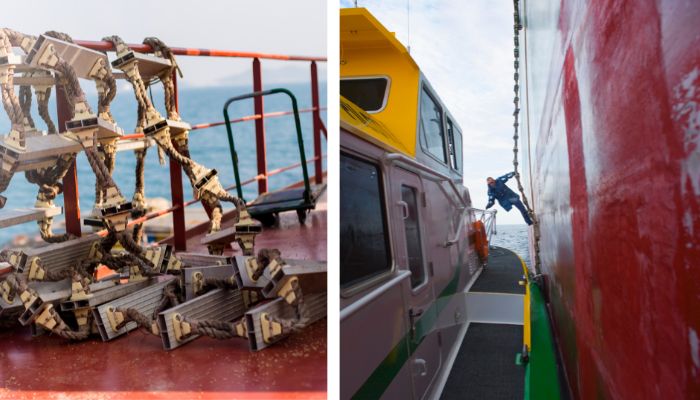
In terms of design and construction, pilot and embarkation ladders are almost similar except for minor differences, the most prominent one being that the pilot ladder is characteristic of spreaders, which is nothing but a larger and laterally elongated rendition of a standard step and placed at specific intervals along the length. These are for further strengthening and to prevent twisting.
So, reiterating, embarkation ladders are essentially used during emergencies by anyone for deboarding or onboarding a vessel from another ship. Though they are similar in construction to pilot ladders, they have some differences, like the absence of the spreader.
This is mainly for ease of stowage. For all practical purposes, embarkation ladders are made of wood and supported by a high-strength rope framework. The last 4-5 steps may be made from rubber or synthetic materials. They are entirely foldable, like a mattress. They extend ideally from the deck to the waterline. The stowage of these embarkation ladders is close to the areas of their requirement.
As we have mentioned, SOLAS regulations dictate the construction and design of such ladders. Some important aspects are:
Scope: They apply to all vessels where the height or the distance from the average waterline to the common or main deck used for embarkations is more than at least 4.5 meters in lightweight conditions.
Materials: The suspension framework is of manila-rope or high-strength Dacron polyester standard rope, preferably with a polypropylene core or interior fabric. These are major improvements over the organic coconut or tree-based ropes used in olden times, which did not have a guarantee of strength and durability.
The minimum yield or breaking strength of these members should be at least 24 KN. Based on the ship’s size and other requirements, the thickness of the ropes may vary, but usually, it is not less than 60 mm or 6 cm.
The ropes are mostly continuous, with no joints between two successive steps. The steps are of standard hardwood with prescribed strength and durability. The synthetic steps are made out of standard rubber or high-grade plastic.
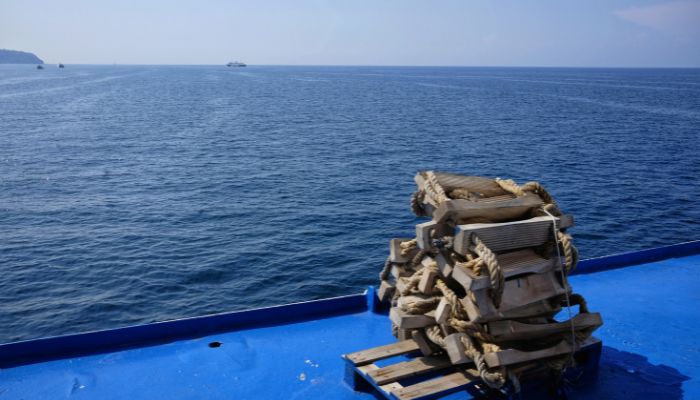
These have tensile and impact strength requirements as per ASTM standard regulations. Some fittings or fasteners that are of metal are strictly corrosion resistant. Steel is universally used and is galvanised and hot-dipped as per requirements.
Very importantly, the steps should be fabricated and surfaced to have non-slip conditions either by grooving or applying friction-inducing coatings.
Arrangement and Design: The steps must be uniformly distributed between two side suspension members in the form of ropes described by regulations.
The length of the rope arrangement and hence the entire embarkation ladder depends on the ship’s size. While we have already discussed the material properties of such ropes, it must also be noted that they have additional requirements, such as they remain unpainted and uncoated and have eye splices or thimbles for attachment at the top and bottom extremes.
The spacing between the ropes is at least 400 mm for all practical purposes and may increase depending on ship size and requirement. However, they are usually not more than 480 mm.
Since the length of the steps is the same as that of this distance of separation between the two parallel suspension members or ropes, the steps are also constructed and fitted accordingly.
Usually, the steps are kept around 450-480 mm and even if they somewhat overshoot the separation between the supporting ropes, it’s not much of a problem. Furthermore, the steps are at least 115 mm wide per SOLAS requirements. The thickness is kept at least 25 mm.
Once again, they are appropriately painted with friction or non-skid paints and may also have grooves or surface granularity to prevent slip conditions. The steps are equally spaced, and the spacing between two successive steps is usually between 300 to 380 mm for all practical purposes.
They are perfectly horizontal and firmly fastened to the ropes using fasteners or clamps that secure a step to its location without dislodging or loosening. The arrangement is also such that, if required, each step can be easily replaced without much hassle.
As a general rule, whenever a step is replaced, the new step is differently marked or colour-coded to indicate its newness.
General Procedures: The procedures for lowering and folding such ropes are pretty simple and can be done by any crew member. They should be capable of being perfectly rolled up and hanging freely when suspended at the sides.
The attachment points of these should be such that when they are being used, the ropes or suspension members should preferably never be in contact with the shipside as that may be unconventional to the user.
You might also like to read
- Real Life Incident: Fall From Embarkation Ladder Leaves Crew Member Unfit For Sea Service
- Real Life Incident: Crew Member Slips From Pilot Ladder While Boarding
- Accommodation Ladder On Ships – Requirements, Operations and Maintenance
- Pilot Ladder On Ships: Rigging And Maintenance Procedure
- Important Pilot Transfer Arrangements And SOLAS Requirements For Ships
- Real Life Incident: Pilot Falls Onto The Pilot Boat
Do you have info to share with us ? Suggest a correction

About Author
Subhodeep is a Naval Architecture and Ocean Engineering graduate. Interested in the intricacies of marine structures and goal-based design aspects, he is dedicated to sharing and propagation of common technical knowledge within this sector, which, at this very moment, requires a turnabout to flourish back to its old glory.
Latest Naval Arch Articles You Would Like:
Subscribe To Our Newsletters
By subscribing, you agree to our Privacy Policy and may receive occasional deal communications; you can unsubscribe anytime.







